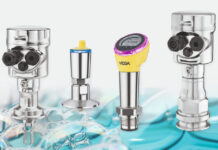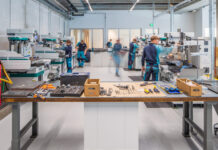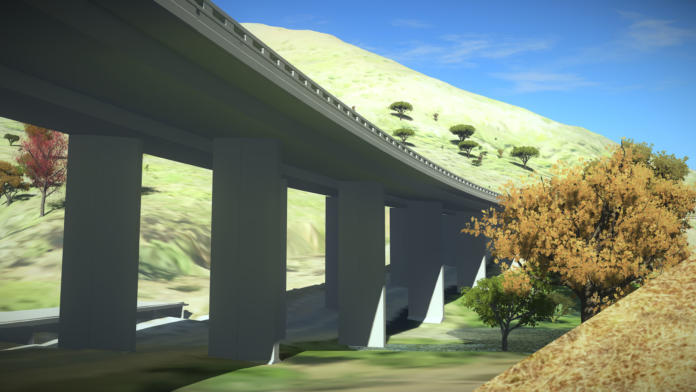In today’s fast moving world of technology innovation, virtual reality has been around for a relatively long time; since the late 1960s. However, the concept of virtual reality has in fact been around for centuries, in fiction and in the theatre. The suspension of disbelief in order to immerse oneself in a story or in the action on stage is all part of the illusionary effects of an alternative existence.
The technology of the virtual reality industry really began to be used in medical and automobile industry design, military training and flight simulation applications from 1970 to 1990.
But as with many cutting edge technologies, the first navigable VR was developed by the space industry at NASA’s Jet Propulsion Laboratory from 1977 to 1984.
Leapfrogging to 2016 and at least 230 companies were to be found developing VR-related products, including Amazon, Facebook, Google, Microsoft, Sony and Samsung, largely for the entertainment industry.
Today, we have VR being used in the full engineering design cycle, from initial concept through to the build and implementation stages. The technology allows engineers to view their project in 3D, from where any flaws or potential risks can be highlighted and mitigated before implementation takes place. This saves a great deal of time and money on a project.
At SMEC, the global engineering consultancy firm, VR is one of the cutting edge technologies now being used to advance design capabilities. One of the projects which SMEC South Africa’s Pretoria office has been working on, using virtual reality in the design phase, is Trans African Concession (TRAC)’s Montrose Interchange near Nelspruit in Mpumalanga. The interchange sits on the only east-west route between South Africa and Mozambique and the original road design, initially constructed in the 1970s, is inadequate for the current traffic volume the area is now experiencing.
The interchange occupies the narrow space between the Crocodile and Elands Rivers at the start of the old Montrose Pass. It was a difficult area to survey but the SMEC team managed to build up a 3D reality mesh of the site using UAV or drone photography and Bentley’s ContextCapture software for the preliminary design. The final proposal to the client became the winning bid partly because of the digital engineering modelling SMEC South Africa was able to showcase.
Work is currently underway on the detail design, using SMEC’s VR technology. Using an HTC VIVE Pro headset and motion controllers, the team (and the client) are able to experience an enhanced walk-through or fly-over of the site. Driving the implementation of this technology is Warren McLachlan, Engineer in the Roads and Highways sector of the firm. As part of his long-term involvement in the technology, Warren has built up a library of assets applicable to the South African market, such as road signs and guardrails, for use in future VR-related projects for SMEC South Africa.
“I’m hoping to show my colleagues in the company that taking a project from a simple CAD model to a full VR experience shouldn’t be thought of as reserved for special projects or only targeted clients”, explained Warren McLachlan. “If we work together to build up our capabilities and libraries of assets that can be reused on other projects, going VR will become just a matter of clicking the right buttons. We’re at the point now that SMEC could become the leaders amongst consultants in VR and Digital Engineering.”
The highly competitive market in which SMEC South Africa operates means that the company has to work more effectively, using innovative solutions to gain an edge on competitors and for the sake of clients’ tight budgets.















